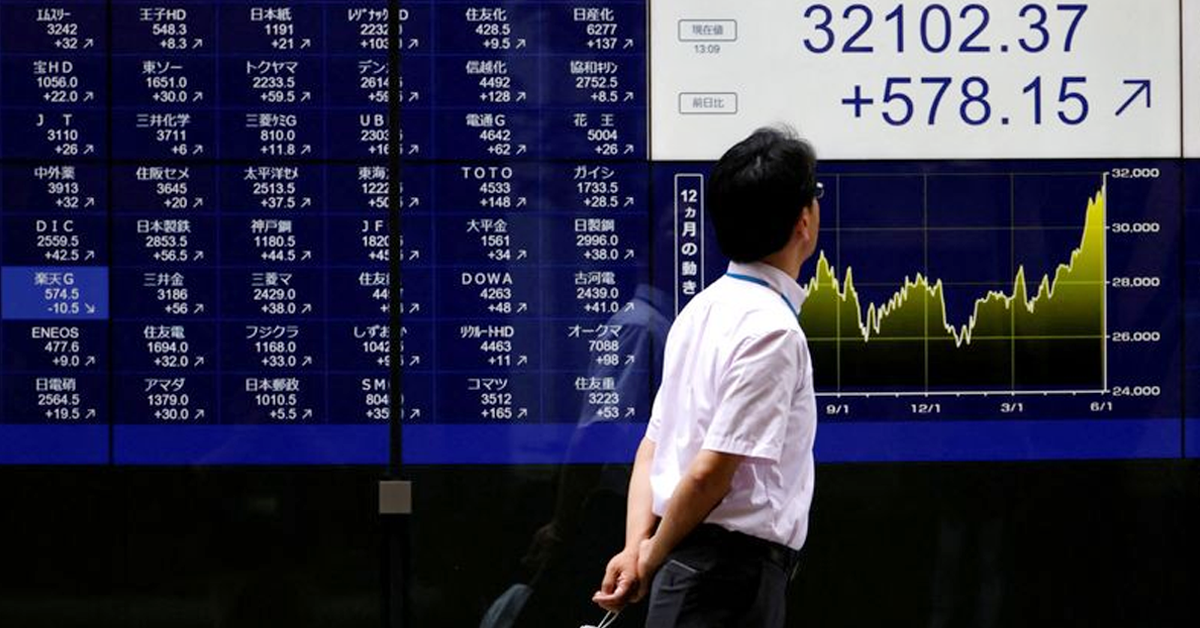Asian Shares Rise, Kiwi Slumps as New Zealand Cuts Rates
Asian shares climbed on Wednesday following softer-than-expected U.S. producer price data, which bolstered hopes for mild consumer price inflation. Meanwhile, the New Zealand dollar (kiwi) tumbled after the Reserve Bank of New Zealand (RBNZ) cut interest rates for the first time since early 2020.
European stock futures pointed to a higher opening, with data showing that British inflation in July rose less than anticipated. EUROSTOXX 50 futures gained 0.5%, and FTSE futures rose 0.6%. U.S. equity futures remained flat.
In Japan, the announcement that Prime Minister Fumio Kishida would step down as ruling party leader in September added to the busy news flow in Asia. His tenure has been marked by rising prices and political scandals. Following the news, the Japanese yen dipped 0.2%, while the Nikkei index rose 0.6%, recovering from last week’s sharp selloff.
The New Zealand dollar slumped by 1.1% after the RBNZ cut interest rates by 25 basis points to 5.25% and signaled further easing. This move was earlier than the bank’s own projections. Sharon Zollner, chief economist at ANZ, commented, “The RBNZ faced a tricky decision today – turning points are always difficult. But the Committee decided they had sufficient confidence in the inflation outlook to start easing monetary conditions.” ANZ has now penciled in a series of 25 basis point cuts, potentially bringing rates down to 3.5%.
MSCI’s broadest index of Asia-Pacific shares outside Japan rose 0.4%, with most markets up except China, where both Hong Kong’s Hang Seng and mainland blue chips fell 0.5%.
Wall Street saw a strong rebound after U.S. producer price data indicated a slower rise than expected in July, suggesting continued moderation in inflation. This prompted markets to slightly increase the odds of a 50 basis point rate cut by the Federal Reserve in September, from 50% to 53%, according to the CME FedWatch Tool.
Goldman Sachs adjusted its forecast for the core Personal Consumption Expenditures (PCE) price index, the Fed’s preferred inflation measure, to a 0.14% rise in July, down from the previous estimate of 0.17%. Investors are now keenly awaiting consumer price data for July, with economists expecting 0.2% increases in both the headline and core figures, and a slight slowdown in the annual core inflation rate to 3.2%.
Chris Weston, head of research at Pepperstone, noted, “Risk will find buyers if additional implied rate cuts are driven by a reduced inflation dynamic. However, the opposite is true if any additional rate cuts are driven by weaker growth or poor labor market readings – this week’s U.S. retail sales report could therefore be influential on that thesis.”
U.S. bonds experienced solid buying overnight, with two-year yields falling to 3.9392% and ten-year Treasury yields holding at 3.8465% after a 5 basis point drop.
The U.S. dollar was slightly lower due to falling bond yields, edging up 0.1% to 102.70 against major peers after losing 0.5% overnight. The euro strengthened 0.6% overnight, trading near $1.0988, close to a significant resistance level of $1.1.
In commodities, crude oil prices recovered some of the previous day’s losses, with Brent crude futures rising 0.7% to $81.23 a barrel and U.S. West Texas Intermediate crude up 0.7% to $78.93. Gold prices increased by 0.1%, reaching $2,461.72 an ounce.











